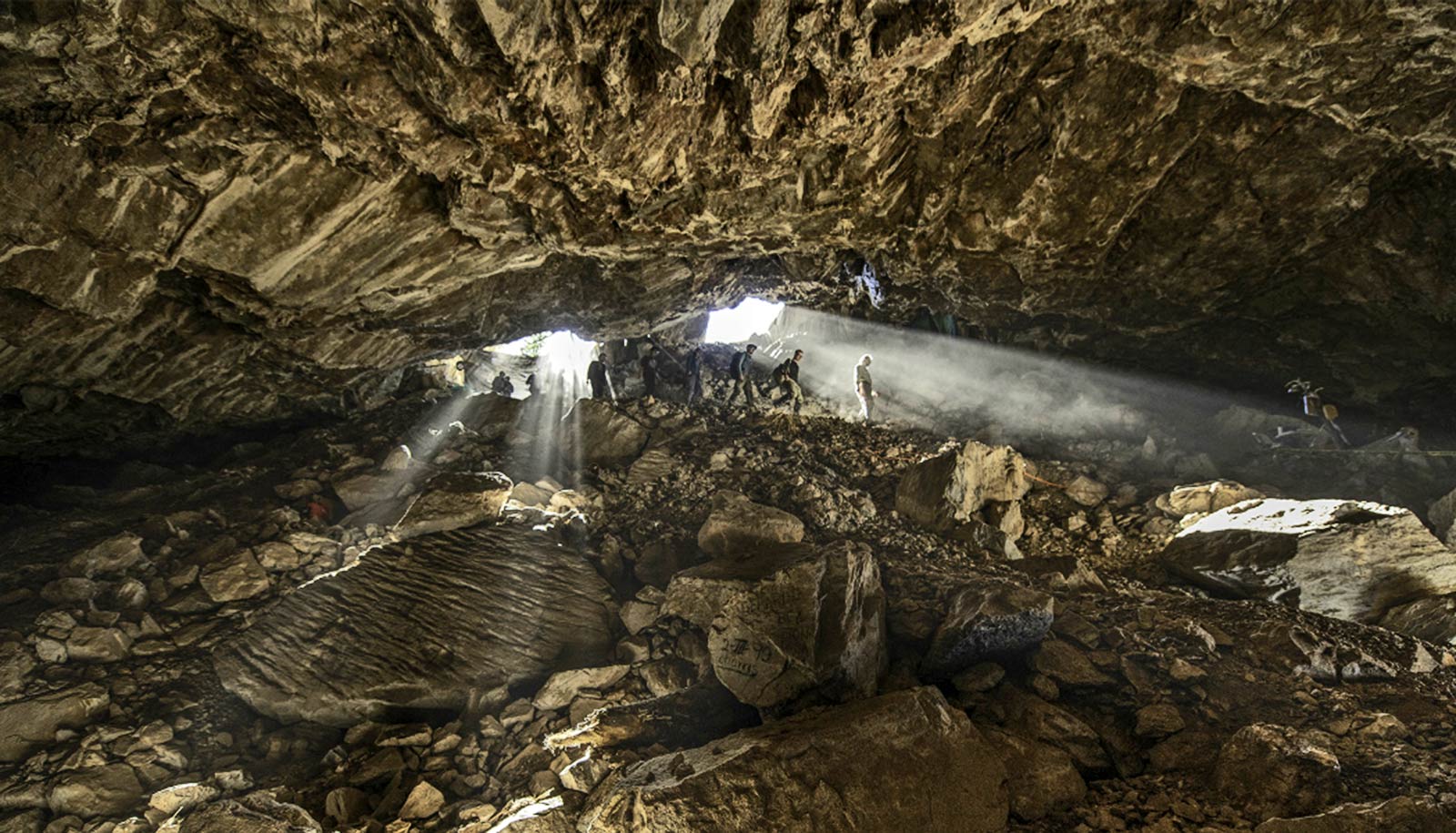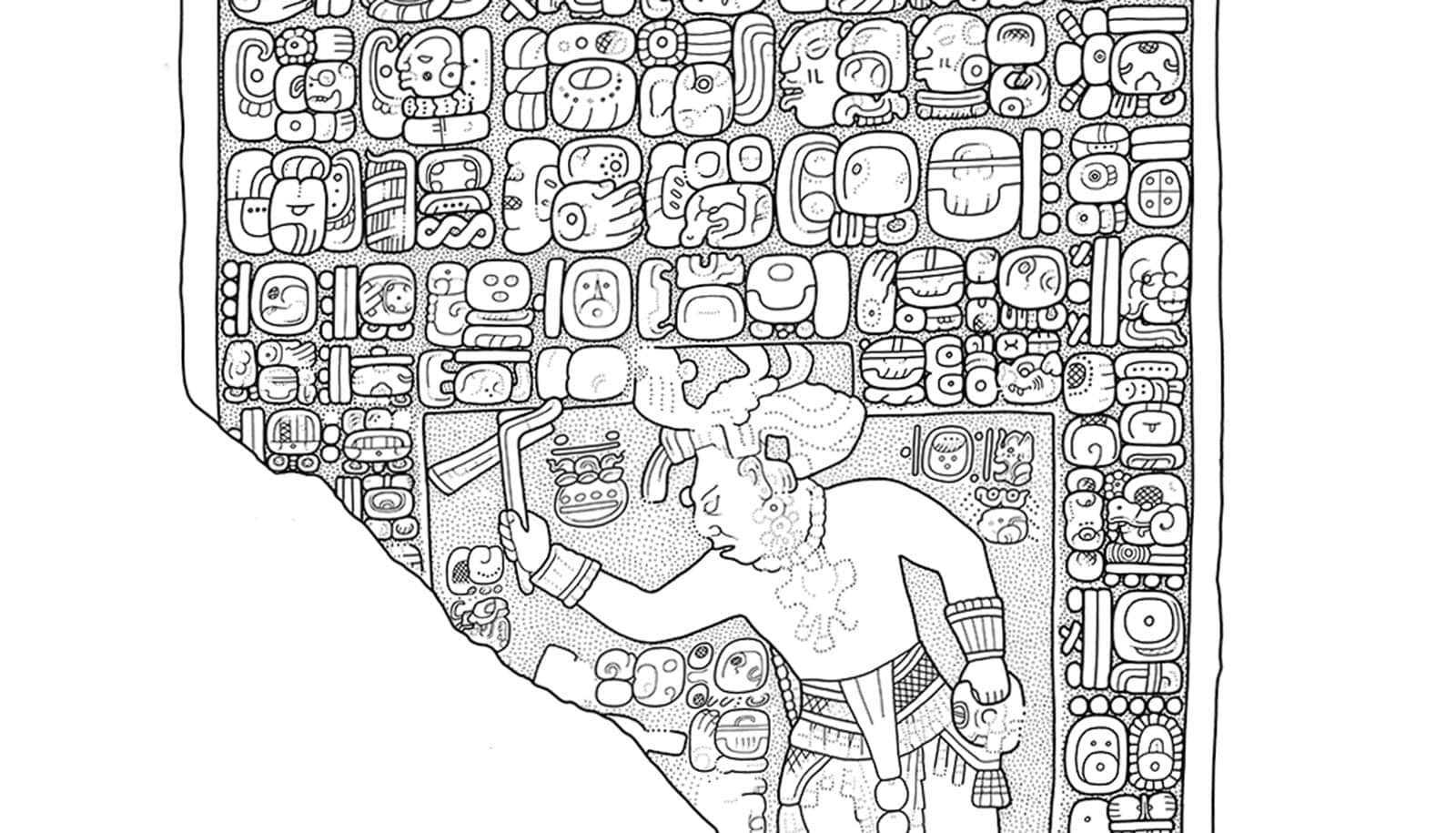New evidence suggests the first humans arrived in America at least 30,000 years ago, about 15,000 earlier than previously thought, say researchers.
The scientists conducted DNA analyses of ancient remains from animal and plant material found during the excavations of the Chiquihuite Cave in Northern Mexico.
“The article in Nature is a scientific hand grenade,” says Eske Willerslev, professor and head of the Lundbeck Foundation Centre for GeoGenetics, Globe Institute at the University of Copenhagen. “The fact that it moves back the time of early immigration to America significantly is guaranteed to ignite a heated debate.”
Six layers of detritus and dust
As far back as 30,000 years ago, humans had already developed techniques for producing tools. Researchers found 1,900 stone tools in the Mexican cave.
The unique feature of the Chiquihuite Cave is the “floor,” which consists of six layers of detritus and dust—all in all, a 10-foot column of ancient remains so compressed and stable that various advanced measuring methods let the researchers date the layers one by one, from top to bottom.
Each layer has contained deposits of stone tools such as knives, scrapers, and arrowheads, which the researchers have also been able to date.
“The cave finds are extremely interesting. These archaeological finds are so far the oldest in America. And the excavated stone tools are of a type unique to America,” says Ciprian F. Ardelean, professor at Universidad Autónoma de Zacatecas, Mexico.
Humans in America
Until now, science has assumed that the earliest migration of humans to America took place approximately 15,000 years ago. At the time, a narrow opening in the ice along the northern Pacific coastline appeared, which made it possible to walk from Siberia onto the American continent.
At the time, no other access routes to the continent existed, because a thick ice cap covered North America. The ice cap melted enough to allow passage approximately 13,000 years ago.
When humans left the first stone tools in the Chiquihuite Cave 30,000 years ago, the massive ice cap had not yet covered all of North America, which means that it would have been possible to walk from Siberia and down through the American continent, Willerslev explains.
“And that’s how we must understand the presence of these humans in Mexico at this particular time—unfortunately though, we have no idea who they were. Because although we searched very thoroughly for human DNA in the samples we gathered during the 10 days we spent at the Chiquihuite Cave, there were no human traces to be found.
“However, we may still be able to find some in the hundreds of earth samples we gathered, because we’ve not yet had time to analyze all of them.”
The finds contain DNA samples from numerous plants as well as animals, says Mikkel Winther Pedersen, who was in charge of the DNA analyses.
“For example, we found DNA from an American black bear, a wide range of rodents, several types of bats, as well as sparrow and falcon. These are all animals we would expect to find in Mexico at the time. Simultaneously, we were able to ascertain how the plant composition changed over time in step with the climate changes that occurred during this period.”
The Lundbeck Foundation, the Novo Nordisk Foundation, and the Carlsberg Foundation, among others, funded the work.
Source: University of Copenhagen



